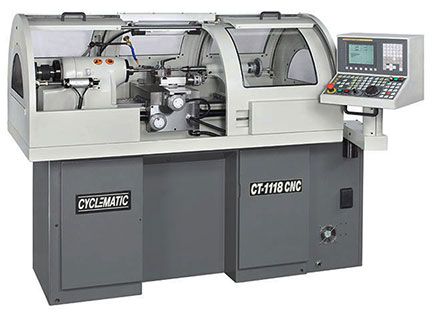In this article, I’m going to show you the usage of a PEX crimping tool and where to find it.
It is best to rent a PEX crimping tool when installing PEX pipe. This tool is a necessity to perform your task, but it is only used for this reason. This is why it is better to rent than spend your money on a new one that will only more than likely be used this one and only time.
A PEX crimping tool is a tool that is used when you are installing PEX pipe. It is used to create a water tight seal when finishing off your piping project by securing the crimp ring into place on your pipe.

How It Works
Installing PEX pipe is not a complicated procedure, but it does take special works and tools to get it done. Obviously the crimp tool is one of those tools that are necessary.
When you have cut your pipe to the size you need it, you will want to slip on crimp rings over the ends of the just cut pipe. Then you will take a fitting, and push it into the tubing. Slide the crimp ring to the edge. Now you are ready to use your PEX crimping tool.
Take out your rented tool and open it. This is done by pulling the handles apart to create an opening. Put the opening of the tool over the crimp ring on one end of the PEX pipe. Make sure it is on well, and then shut the tool by pushing the handles back together. This creates an extreme amount of pressure and forces the crimp ring into place. This then creates a water tight seal, which is obviously something any home owner is seeking when dealing with piping projects.
Only a PEX Crimping Tool
Some home owners have tried to seek out another possible way that the above procedure could be done. One that doesn’t need a PEX crimping tool. Unfortunately in order to replace your old piping with PEX pipe, or even if you are doing new construction, and are starting off with PEX pipe. The only proper, secure, and safe way to get it done is if you have, or have access to a PEX crimp tool.
This is the only tool that creates enough force and pressure at just the right areas to be able to securely smash the crimp ring into where it is supposed to be. Using another tool, or finishing this procedure in any other way can result in a faulty crimp ring, or fitting, causing the pipe to leak, which in turn causes damage to the home.
All home owners know that a leaky pipe is not what they want to wake up to Saturday morning. So, save yourself the trouble and rent a PEX crimping tool. This will ensure that the job is done right the first time, and there will be no long term problems with leaky pipes, and no danger of finishing the project missing some essentials.
To find the best selection of PEX crimping tools, please check out the website of MAXCLAW. The company is specializing in a variety of tube cutting tools and tube bending tools. If you need more information about these tube tools, welcome to visit MAXCLAW’s product pages and feel free to send inquiries to them.
Article Source: http://www.doityourself.com/stry/how-to-use-a-pex-crimp-tool


